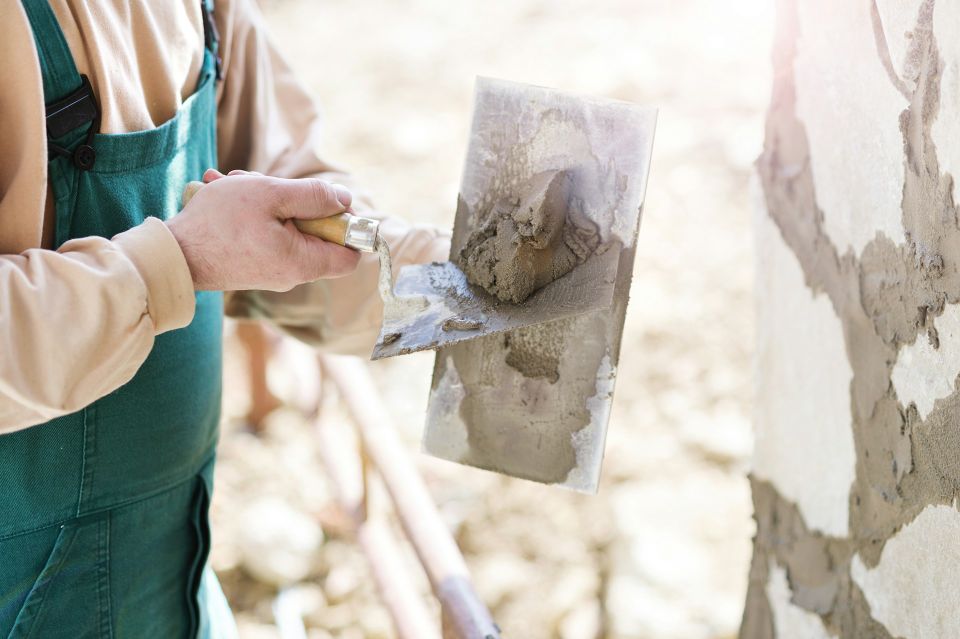Infrastructure development requires innovative solutions to create sturdy and long-lasting foundations for roads, highways, and other facilities. One such emerging technique with significant potential to elevate the performance of infrastructure projects is Soil Cement – a sustainable, cost-effective, and versatile alternative to traditional construction materials. By blending soil, cement, and water, Soil Cement forms a dense, strong, and durable matrix capable of withstanding high traffic loads and environmental stressors.
In this insightful blog post, we will delve into the world of Soil Cement, discussing its composition, benefits, applications, and best practices for effective implementation in infrastructure projects. Additionally, we will showcase how partnering with Terra-Firma Stabilization & Reclamation, a leader in Asphalt Pulverization, Soil Improvement & Modification, Soil Stabilization, and Full-Depth Reclamation, can ensure the success of your infrastructure developments through expert knowledge and experience in efficient Soil Cement solutions.
Embark on this informative journey with us to discover Soil Cement's revolutionary potential in infrastructure development. Embrace the sustainable and performance-enhancing benefits of this innovative construction solution, and leverage Terra-Firma Stabilization & Reclamation' unparalleled expertise to unlock your projects' true potential for long-lasting, high-quality outcomes.
The Fundamentals of Soil CementSoil Cement is a composite construction material created by combining soil, cement, and water to form a dense, strong matrix. When properly mixed, compacted, and cured, Soil Cement offers exceptional durability and resistance to various stressors. The key components of Soil Cement are:
- Soil: The primary component, soil, determines the overall consistency, structure, and workability of the Soil Cement mixture. Suitable soil types for Soil Cement include clay, silt, sand, and gravel, each offering unique characteristics that influence the final material's properties.
- Cement: Cement acts as a binding agent, providing the necessary strength and stability to the Soil Cement mixture. Both Portland cement and hydraulic cement can be employed for Soil Cement applications.
- Water: Water facilitates the chemical reaction between cement and soil, enables proper mixing and compaction, and aids in the curing process to achieve optimal strength development.
Benefits of Incorporating Soil Cement in Infrastructure ProjectsUtilizing Soil Cement in infrastructure development boasts numerous advantages, such as:
- Cost-Effectiveness: Soil Cement eliminates the need for importing new materials for construction, leading to significant cost savings and reduced logistical complexity.
- Sustainability: By using locally available materials and reducing the demand for natural resources like aggregate, Soil Cement is a more environmentally friendly alternative to traditional construction methods.
- Adaptability: Soil Cement can be customized to suit various applications, soil types, and project requirements, offering flexibility in design and construction.
- Enhanced Performance: Due to its strength and durability, Soil Cement is ideal for constructing heavy-load infrastructure, such as roads, highways, and airport runways.
Applications of Soil Cement in Infrastructure DevelopmentSoil Cement's versatility lends itself to numerous infrastructure applications, including:
- Road Construction and Rehabilitation: Soil Cement can be utilized as a base or subbase layer in constructing or rehabilitating roads and highways, offering increased durability and load-bearing capacity.
- Airport Runways and Taxiways: Owing to its excellent strength and resistance to heavy loads, Soil Cement is an ideal choice for airfield pavement construction and maintenance.
- Erosion Control and Slope Stabilization: Soil Cement can be employed to create erosion-resistant surfaces and reinforce embankments, slopes, and retaining walls, improving overall infrastructure stability and resilience.
- Subgrade Stabilization: By using Soil Cement to stabilize subgrade layers, it is possible to minimize the impacts of expansive soils, frost heave, and settlement, improving the foundation for the infrastructure.
Best Practices for Employing Soil Cement SolutionsTo achieve optimal results with Soil Cement, it is essential to adhere to the following best practices:
- Material Sampling and Testing: Conduct thorough site investigations and laboratory tests to evaluate native soil properties, determine the appropriate cement type and mix proportions, and establish the required thickness for the Soil Cement layer.
- Proper Mixing and Compaction: Ensure that all components are thoroughly mixed, compacted, and cured to achieve optimal strength and moisture control.
- Quality Control and Monitoring: Implement strict quality control measures during construction, monitor the curing process, and conduct post-construction evaluations to validate the Soil Cement's performance and adherence to project specifications.
- Consult with Experts: Partner with experienced professionals, such as Terra-Firma Stabilization & Reclamation, who possess the necessary expertise in Soil Cement design and applications to ensure successful project outcomes.
Reinforcing Infrastructure with Soil Cement SolutionsSoil Cement represents a revolutionary shift in infrastructure development, offering a sustainable, cost-effective, and adaptable solution to modern construction challenges. By understanding the principles, benefits, and applications of Soil Cement and applying the best practices for its implementation, construction professionals can build robust, durable, and high-performing infrastructure assets.
Partner with Terra-Firma Stabilization & Reclamation, a leader in Asphalt Pulverization, Soil Improvement & Modification, Soil Stabilization, and Full-Depth Reclamation, to unlock the potential of Soil Cement for your infrastructure projects. Our commitment to excellence and innovation ensures that our Soil Cement solutions deliver the performance and cost-saving benefits you seek while prioritizing environmental sustainability. Get in touch with Terra-Firma Stabilization & Reclamation today to learn more about our
Soil Cement services and unleash the transformative power of this innovative construction solution for your infrastructure development projects.

